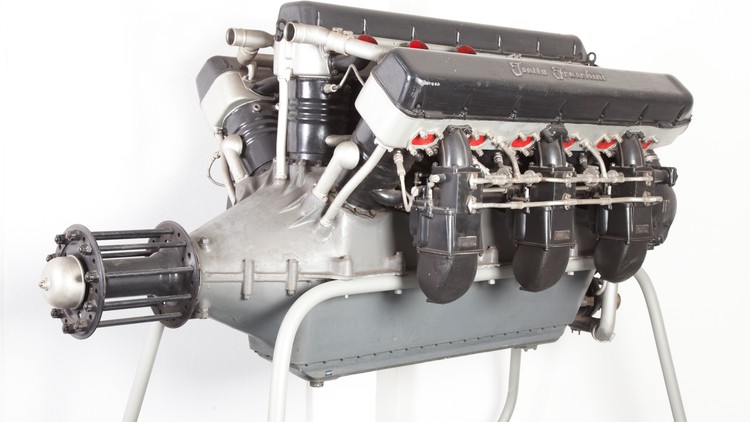Introduction to Internal Combustion Engines – Free Udemy Courses
internal combustion engine
What you’ll learn
Introduction to Internal Combustion Engines – Free Udemy Courses
- I C Engine Introduction and Basics
Requirements
-
If Having Knowledge of Thermodynamics will Help more
Description
An internal combustion engine (ICE) is a heat engine in which the combustion of a fuel occurs with an oxidizer (usually air) in a combustion chamber that is an integral part of the working fluid flow circuit. In an internal combustion engine, the expansion of the high-temperature and high-pressure gases produced by combustion applies direct force to some components of the engine. The force is applied typically to pistons, turbine blades, rotors, or a nozzle. This force moves the component over a distance, transforming chemical energy into useful work. This replaced the external combustion engine for applications where the weight or size of the engine is important.
The first commercially successful internal combustion engine was created by Étienne Lenoir around 1860[1] and the first modern internal combustion engine was created in 1876 by Nicolaus Otto (see Otto engine).
The term internal combustion engine usually refers to an engine in which combustion is intermittent, such as the more familiar four-stroke and two-stroke piston engines, along with variants, such as the six-stroke piston engine and the Wankel rotary engine. The second class of internal combustion engines uses continuous combustion: gas turbines, jet engines, and most rocket engines, each of which is internal combustion engines on the same principle as previously described.[1][2] Firearms are also a form of the internal combustion engine,[2] though of a type so specialized that they are commonly treated as a separate category
Who this course is for:
- Engineering Students










